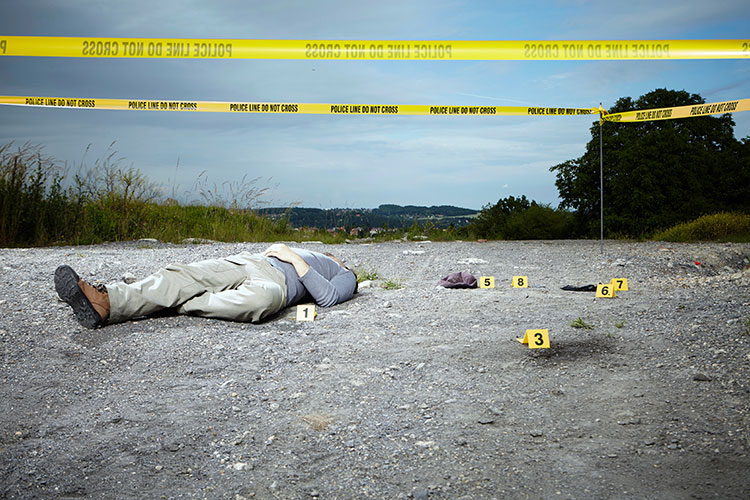surgery animation companies
Forensic animation can serve as a valuable tool during mediation, direct negotiation, and simulated settlement discussions.
A forensic animator relies on computer technology to reconstruct accidents or other incidents, thereby assisting attorneys in obtaining a favorable resolution or outcome.
The application of forensic science in legal proceedings is not a recent phenomenon. The field of forensic science saw significant progress and recognition throughout the 1900s in both Europe and the United States. Forensic animation can be viewed as nothing more than a progression within the field.


